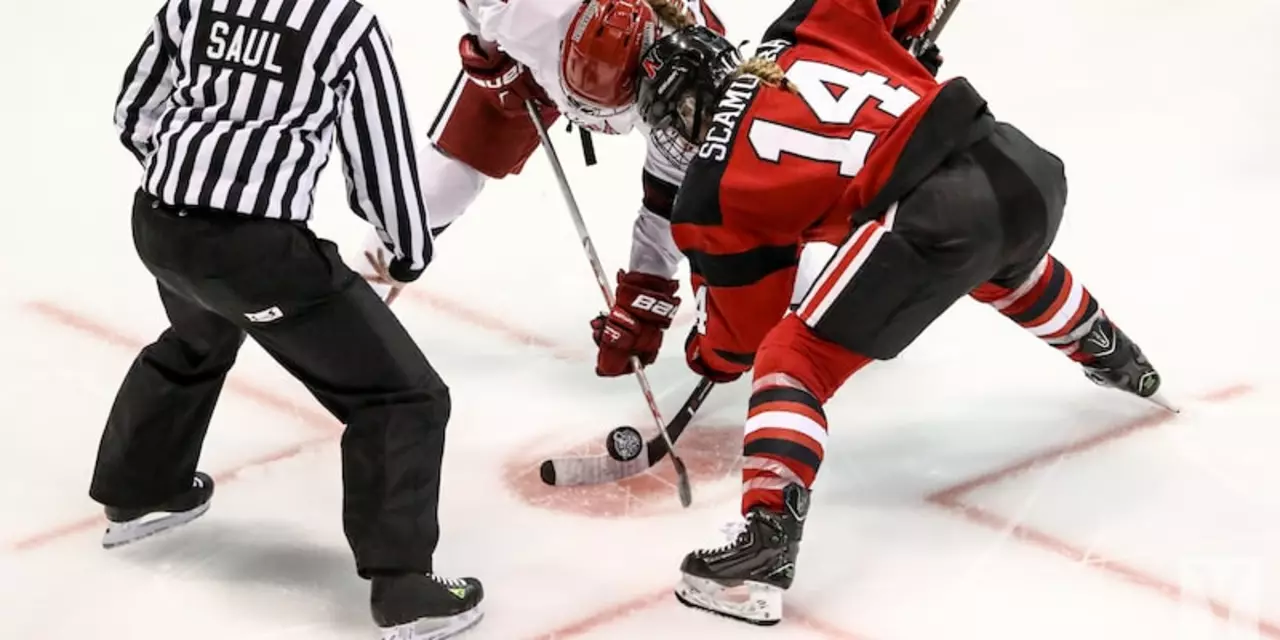Stick Check: Quick Tips to Spot a Good Hockey Stick
Getting the right stick can change your game. You don't need a lab; a few simple checks in minutes tell you if a stick is worth the price. Below are the basics you can use right at the rack or in your garage.
Materials and Build Quality
First, feel the shaft. Modern sticks are usually carbon‑fiber composites, which feel slick and light. If the surface looks uneven or you notice cheap plastic, walk away. Tap the shaft gently – a solid “thud” means the layers are well‑bonded. Any rattling or hollow sound usually signals weak construction.
Next, look at the blade. A good blade has a smooth finish and a consistent curve. Check for cracks, chips, or delamination. Even tiny splits can affect puck control and may break mid‑game. If the blade feels rough, you might need extra tape, but that also hides underlying defects.
Flex, Curve & Length
Flex is how much the stick bends when you load it with a shot. Grab the shaft near the top and give it a quick flex. It should bend smoothly without a harsh snap. Too stiff and you’ll lose power; too soft and you lose accuracy. Most players pick a flex rating that matches their weight – a good rule of thumb is weight divided by two (e.g., 180 lb player uses a 90‑flex).
Blade curve matters for shooting style. A deeper curve helps lift the puck, while a flatter curve gives you better control for wrist shots. Hold the stick on the blade and see how it lines up with a straight line drawn on a piece of paper. If the curve looks off‑center, it may feel weird during play.
Length is simple: stand straight, place the stick on the floor, and make sure the toe reaches somewhere between your chin and nose. Too long and you’ll have trouble handling the puck; too short and you lose reach. Most sticks come with a size guide, but a quick visual check is faster.
Finally, do a quick on‑ice test if you can. Grab the stick, take a few shots, and listen for any odd noises. A good stick feels balanced, and the puck should respond cleanly. If you hear a dull thump or feel wobble, the stick probably isn’t up to snuff.
Stick checking doesn’t have to be a chore. By touching, tapping, and looking for these red flags, you’ll avoid cheap gear and get a stick that fits your game. Keep these steps in mind next time you’re at the store or browsing online – a few seconds now saves you headaches later.
Remember, the best stick feels like an extension of your arm. When you nail the material, flex, curve, and length, you’ll notice better control, faster shots, and more confidence on the ice. Happy checking!

What is a stick check in hockey?
A "stick check" is a defensive tactic in hockey. It involves a defender using his stick to check an attacking player in order to disrupt their possession of the puck. The defender usually attempts to lift or poke the player's stick in order to knock the puck away, while also keeping the defender's body between the attacking player and the net. It is a skill that requires practice and can be both effective and dangerous. Stick checks can lead to penalties if done in a dangerous or illegal manner, so it is important for players to understand the rules and practice the technique properly.
Read More